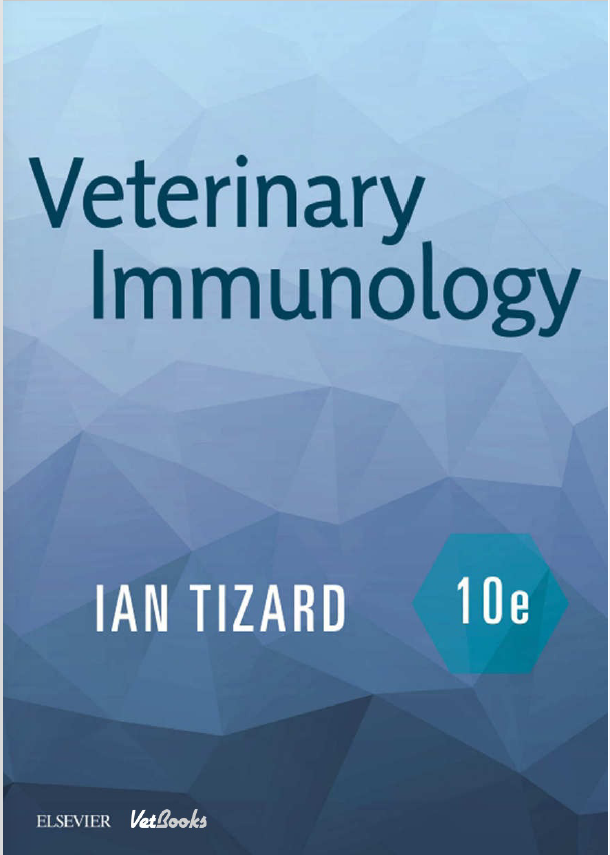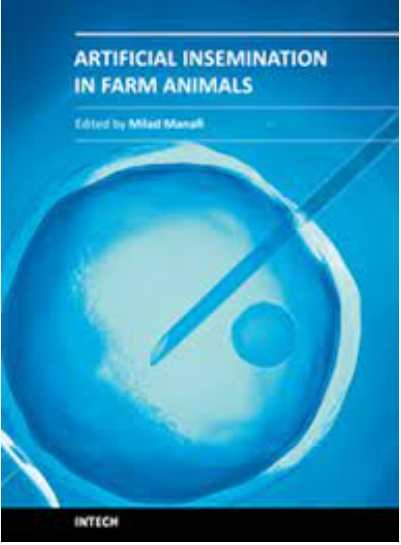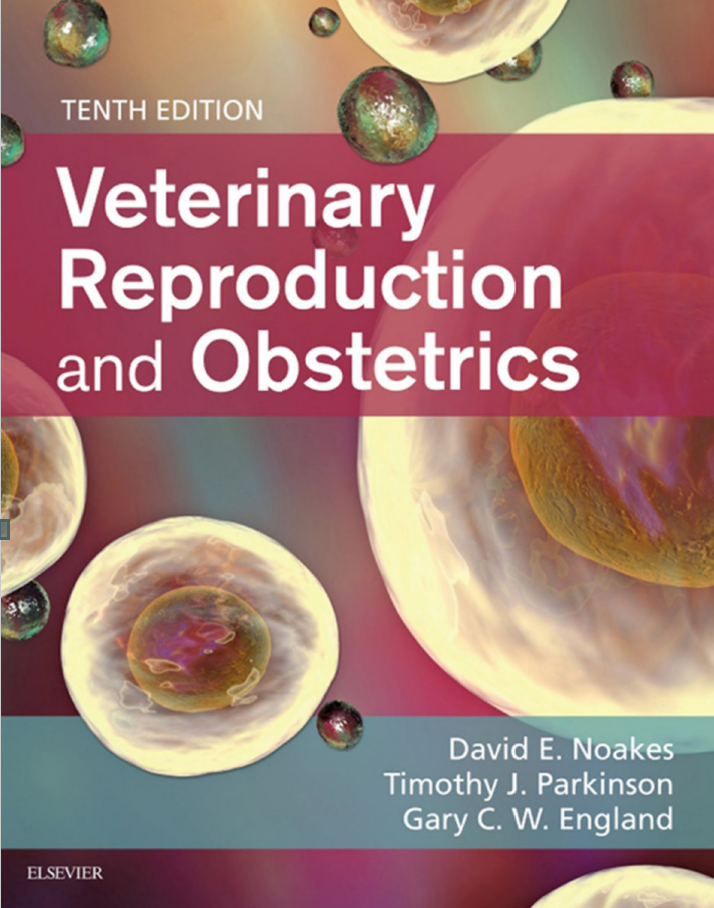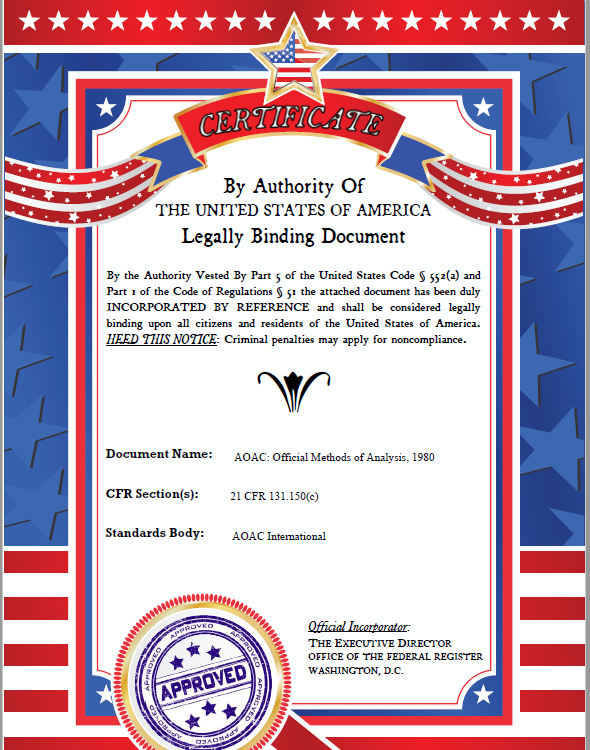دانلود کتاب Veterinary Immunology 10E - Original PDF
Author:
Ian Tizard BVMS, PhD, ACVM (Hons), DSc (Hons)
0 (0)
توضیحات کتاب :
This textbook was first published in 1977, at a time when veterinary immunology was relatively new and poorly understood. Nevertheless, it was recognized, even then, that immunology held the key to many of the significant issues in veterinary medicine. The importance of immunology has not declined since then, except among those tasked with establishing college curricula. The decline in basic science instruction at colleges of veterinary medicine in favor of more clinical training has resulted in graduating a generation of veterinarians whose knowledge of immunology is minimal. Yet immunology continues to be a key science. It is central to our understanding of major veterinary issues such as vaccination, cancer, infectious diseases, and allergies. It has been tempting to dilute the contents of this text and its associated website to conform to current curricular trends. I have resisted this. Because the amount of knowledge of immunology required to obtain a veterinary degree has been progressively reduced, the need to document the science in depth has correspondingly increased. This book therefore continues to grow as the result of opening up new, exciting areas of the science. Veterinarians need to know much of this if they are to practice cutting-edge science in the 21st century. Read it, study it, and enjoy its wonderful complexity. Over the many years that this textbook has been published we have seen many changes in the science of immunology. In most cases, these changes have been gradual in nature as investigators add detail to existing knowledge. Occasionally, however, major leaps are made that effectively revolutionize the discipline—socalled paradigm shifts. For example, in the late 1990s, the concept of innate immunity was accepted. Inflammation and other processes were finally recognized as being essential components of the immune system and the dual innate and adaptive immune systems were shown to complement each other. It is interesting to note that this was not a new discovery but a new way of looking at well recognized processes. This new edition also reflects revolutionary changes in the way we think of immunology. Like the concept of innate immunity, these changes are not a result of a previously unknown process but a belated recognition of something known about since the dawn of microbiology, the body's normal microbiota. New methodologies and intensive studies have revealed that many body processes, especially immunity, are regulated by the diverse microbiota that colonizes all body surfaces. Much of immunology has had to be reassessed in the light of this new knowledge. Both innate and adaptive immunity are regulated by those organisms, especially bacteria, that live in the intestine and respiratory tract and on the skin. Many previously unexplained phenomena have now been shown to depend on the normal microbiota. As a result of this new information, the reader will encounter the microbiota at every turn in this book, plus a completely new chapter on the subject. The second new chapter deals with allergic diseases. For many years, these were readily explained by the production of IgE against allergens. The most recent information, however, has demonstrated that allergies are much more complex than this. For example, atopic dermatitis, one of the most common conditions seen by small animal veterinarians, is likely a syndrome with multiple complex causative factors. As a result, allergic and inflammatory diseases deserve a new chapter. These additions cannot, however, hide the fact that the rest of immunology also continues to move forward. Thus the mechanisms by which the body rejects gastrointestinal helminths has been clarified with the discovery of the importance of tuft cells and interleukin-33. Associated with this has been the recognition of the complex nature of innate lymphoid cells and their subpopulations. Some of these advances can be considered routine, such as the identification of new cell surface molecules and many new cytokines. New disease syndromes such as swine SCID, bovine neonatal pancytopenia, and immune-mediated keratoconjunctivitis are now described, and the pathogenesis of others such as atopic dermatitis, type I diabetes mellitus, equine laminitis, and systemic lupus are shown to be more complex than previously believed. New advances in therapy are covered, including the introduction of immune checkpoint therapy in cancer and the use of monoclonal antibody therapy and intravenous immunoglobulin therapy for immune-mediated diseases. The exciting new developments in the use of nanoparticles in vaccines and as adjuvants are now described. The significant roles of vitamins A and D as well as the aryl hydrocarbon receptor in immunity are also recognized. Advances in basic science that are now discussed include new findings on the structure and genetics of bovine antibodies, epigenetics, RNA interference, microRNA, macrophage polarization, and type 1 and type 2 immune responses. I make no apologies for the size and complexity of this text. Immunology is a complex subject that has a direct bearing on many of the most important areas of veterinary medicine. Students, as well as graduate veterinarians, ignore it at their peril. Finally, readers are strongly encouraged to visit the Evolve website for this text. The site is also constantly evolving and improving. In it you will be able to find a collection of more than 450 multiple-choice questions (with the answers!) keyed to each chapter; a set of flashcards also linked to chapters; all the text figures available as PowerPoint slides; and a collection of animations kindly provided by Dr. Abul Abbas, as well as brand new animations created for this textbook, designed to clarify some complex processes and pathways where still figures are inadequate. All the chapter references are keyed to PubMed. There are also new hand-outs that students can print off and use as a reference, should you wish. It is my hope that these assets will help you remain current in this rapidly expanding and exciting field.
سرچ در وردکت | سرچ در گودریدز | سرچ در اب بوکز | سرچ در آمازون | سرچ در گوگل بوک
1,155 بازدید 1 خرید










